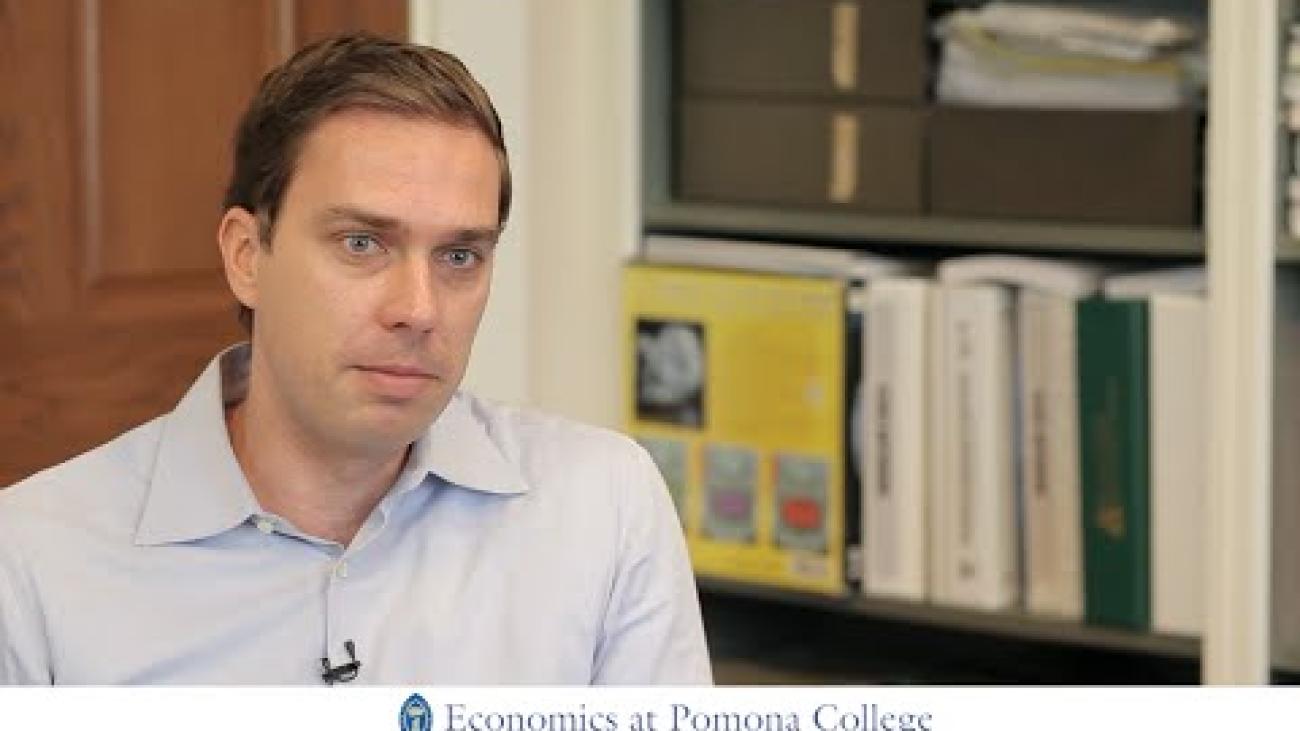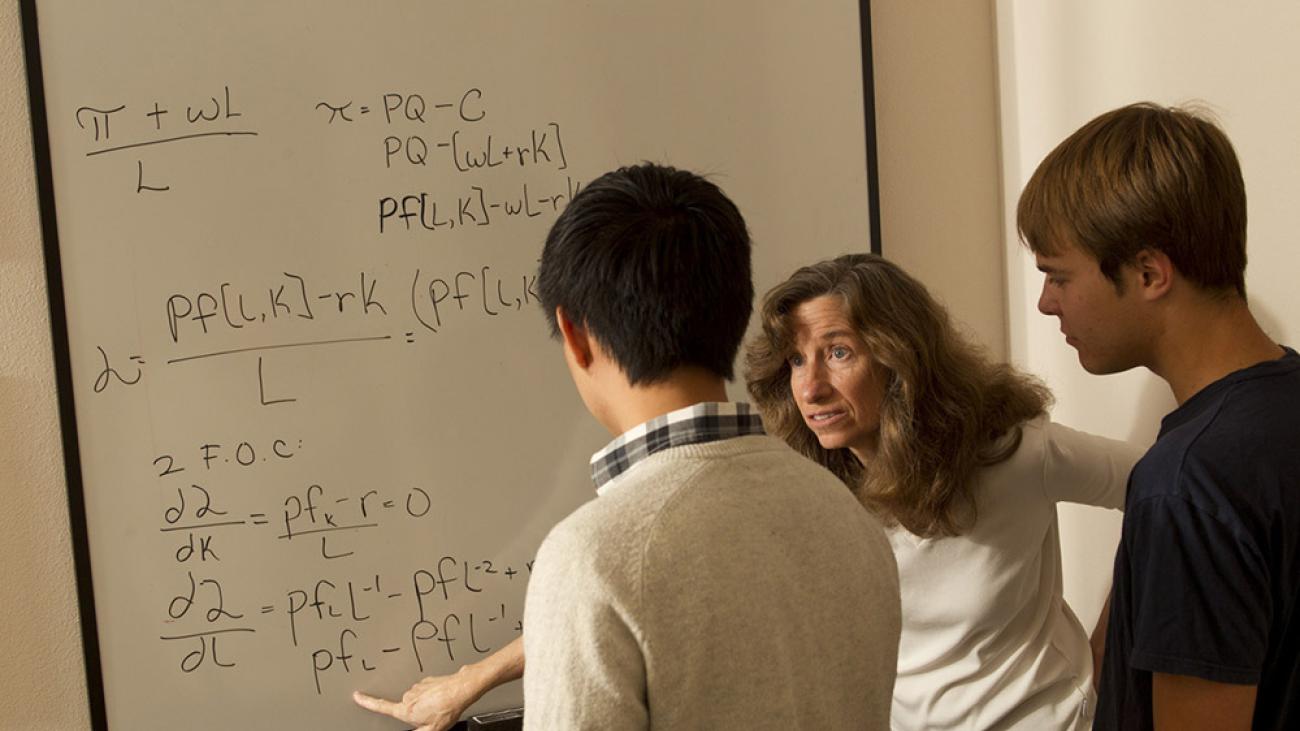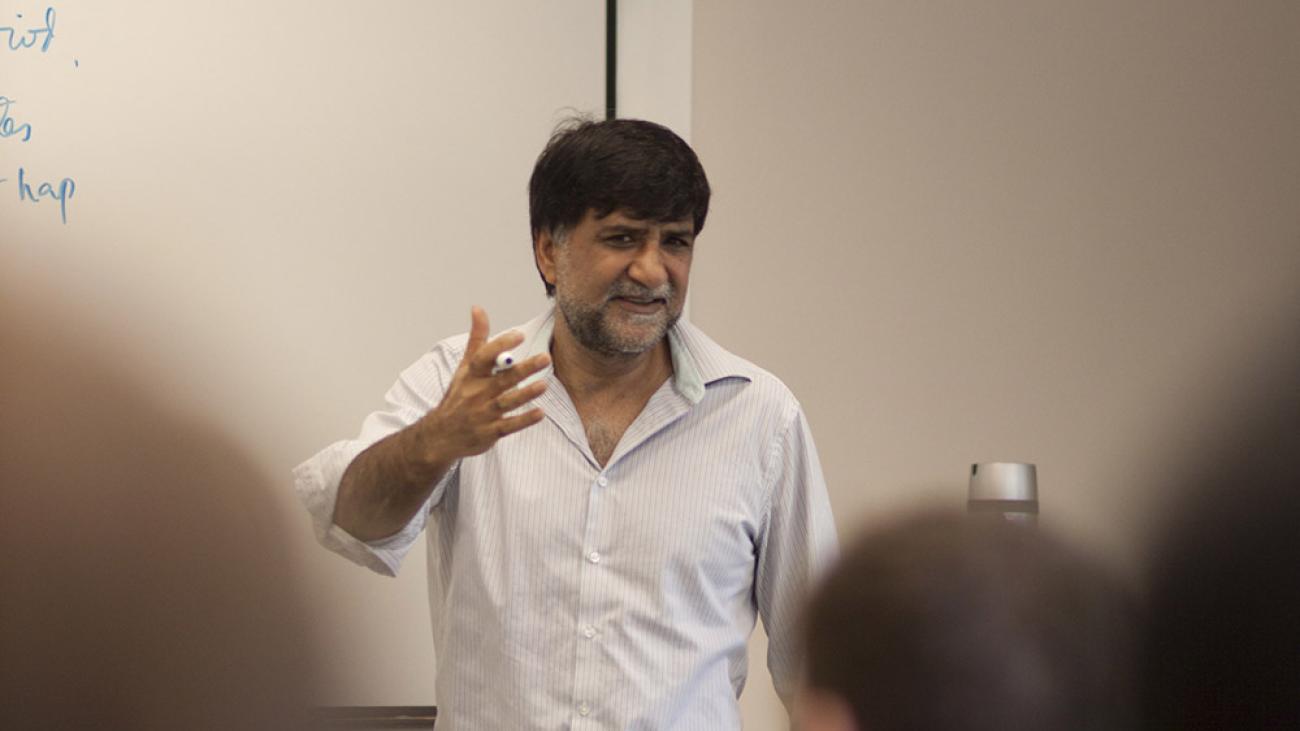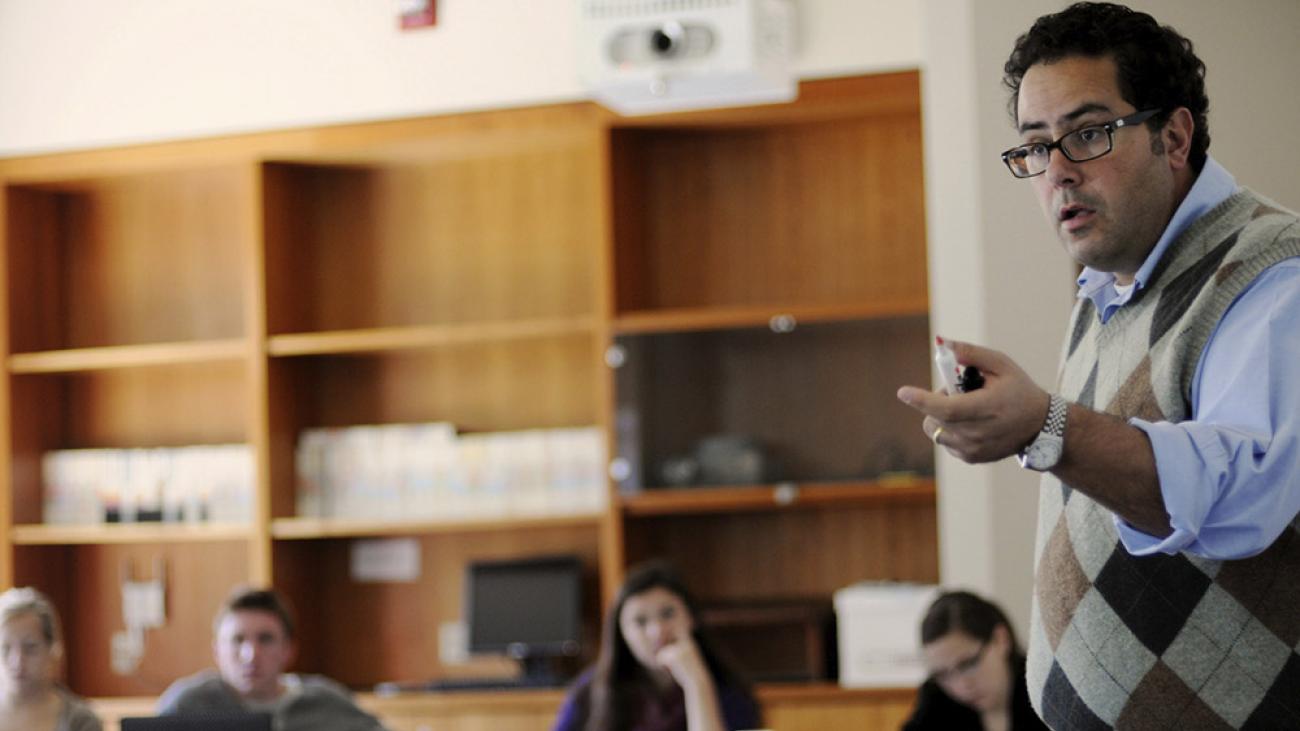Learn about the wide range of forces that shape our economy and society.
Economics is the study of the allocation of scarce resources, and the resulting forces that shape our economy and society both locally and globally.
Our curriculum emphasizes economic theory, statistical analysis and the role of public policy in addressing social and economic problems.
You can specialize in financial, managerial, international, industrial or other areas of economics.
Economics offers both a major and a minor, and is also an area of concentration in environmental analysis; public policy analysis; philosophy, politics and economics; and gender & women’s studies.
The Economics Major at Pomona College is classified as a STEM designated-degree program by the Department of Homeland Security, providing additional employment opportunities for F-1 students after graduation.
What You’ll Study
- Micro and macroeconomics
- Economic theory and policy
- Allocation of resources
- Statistics and econometrics
- Important local and global issues






